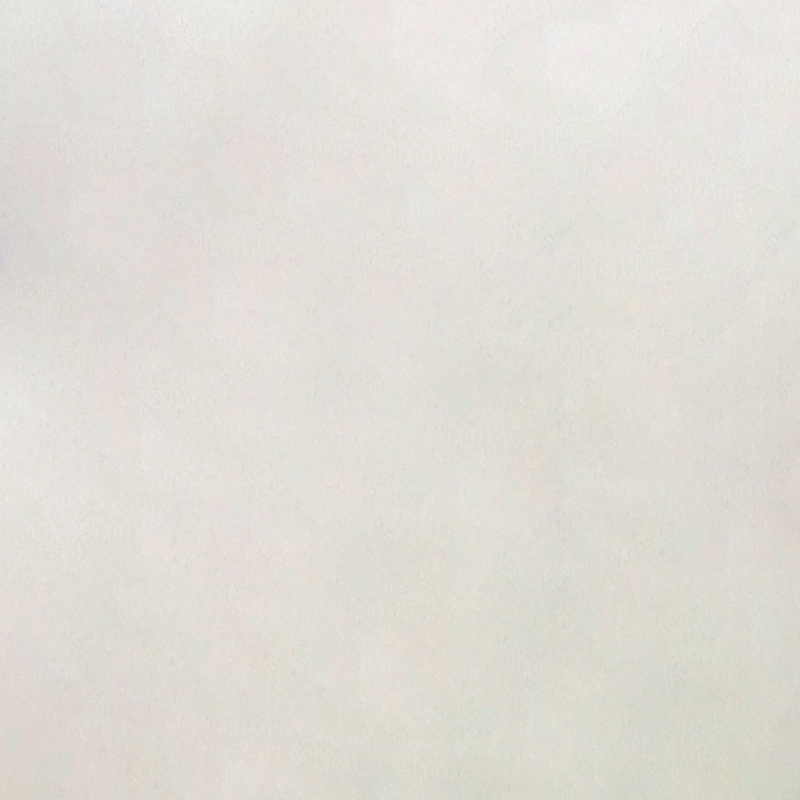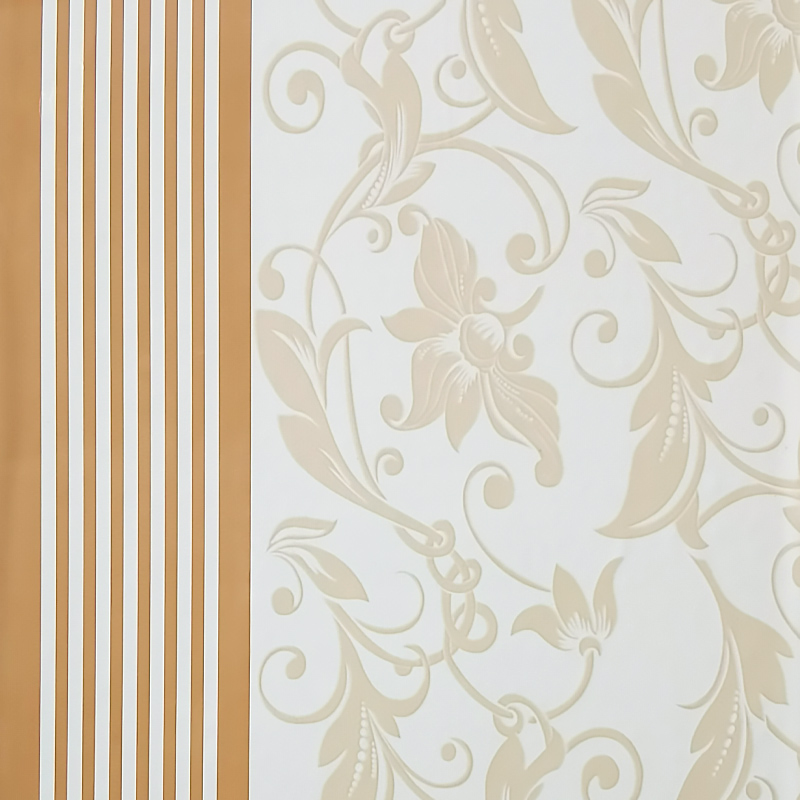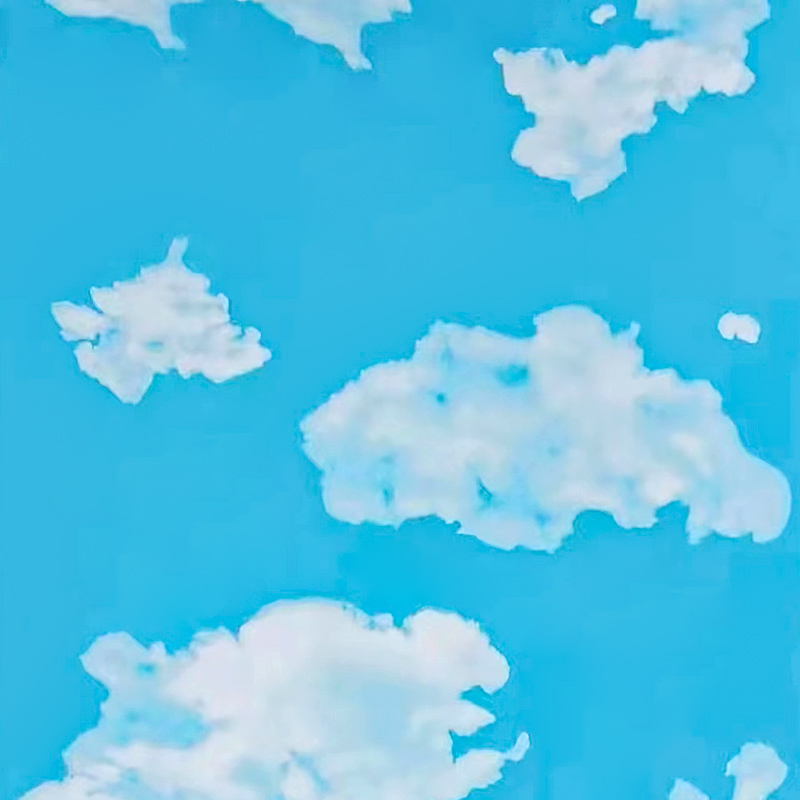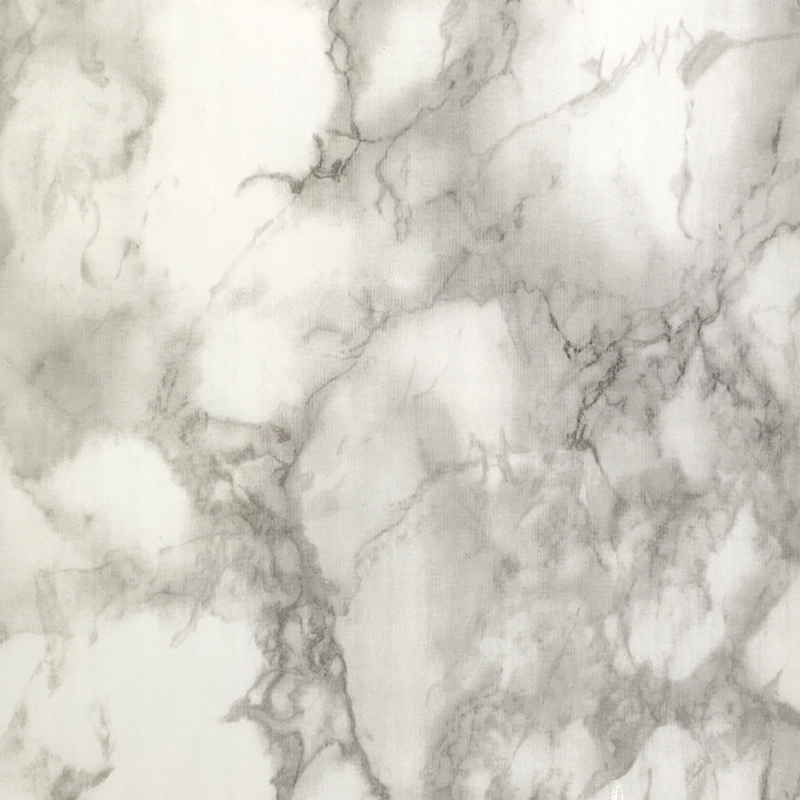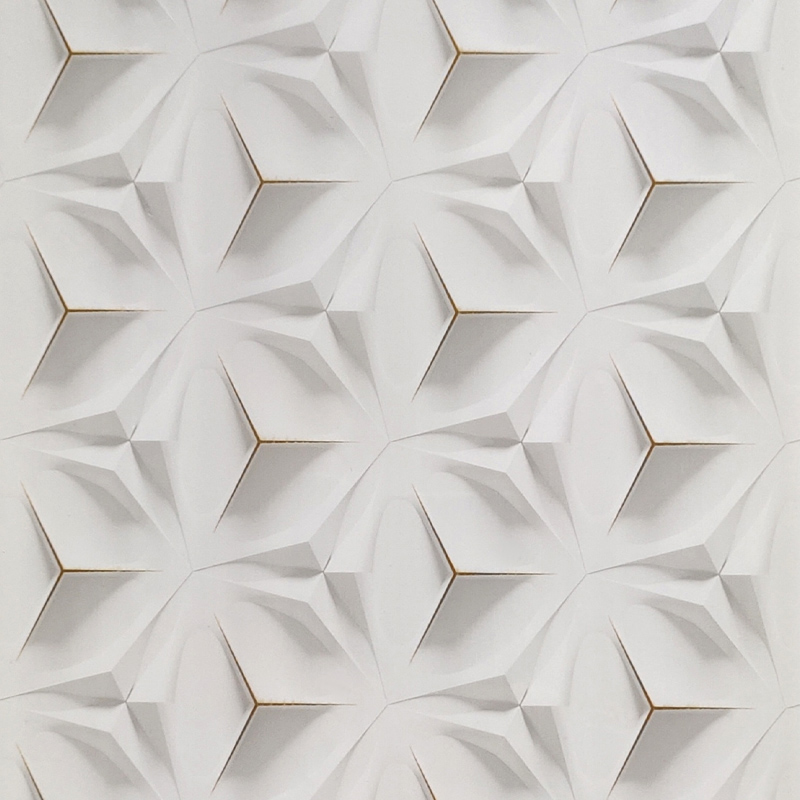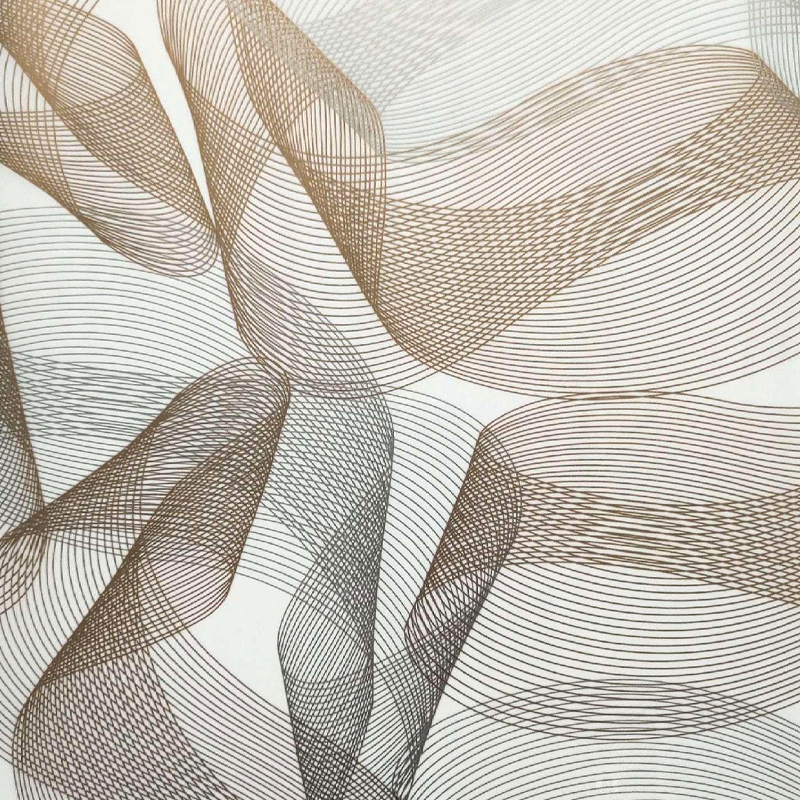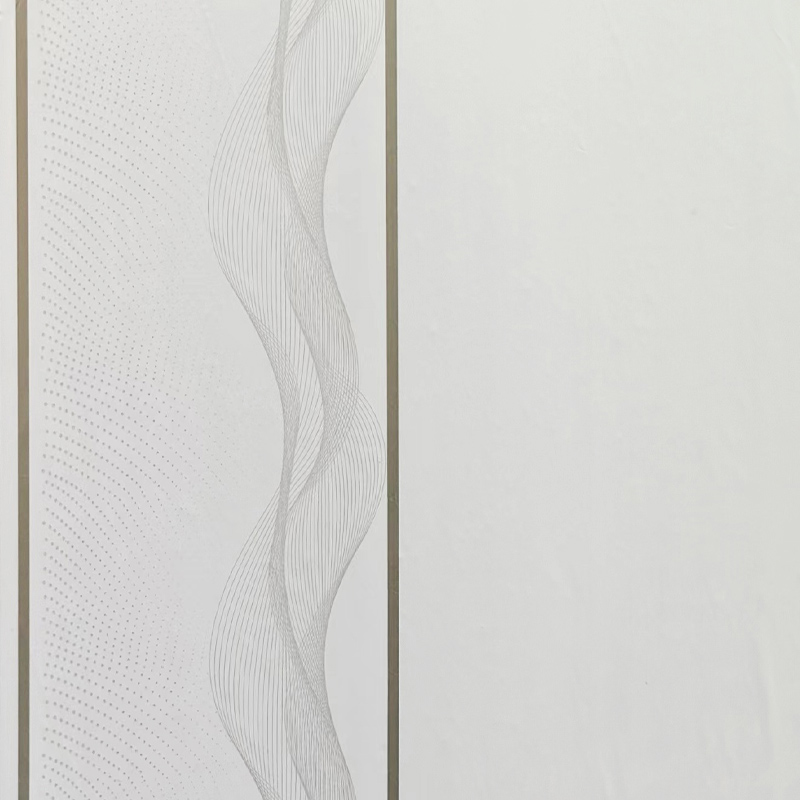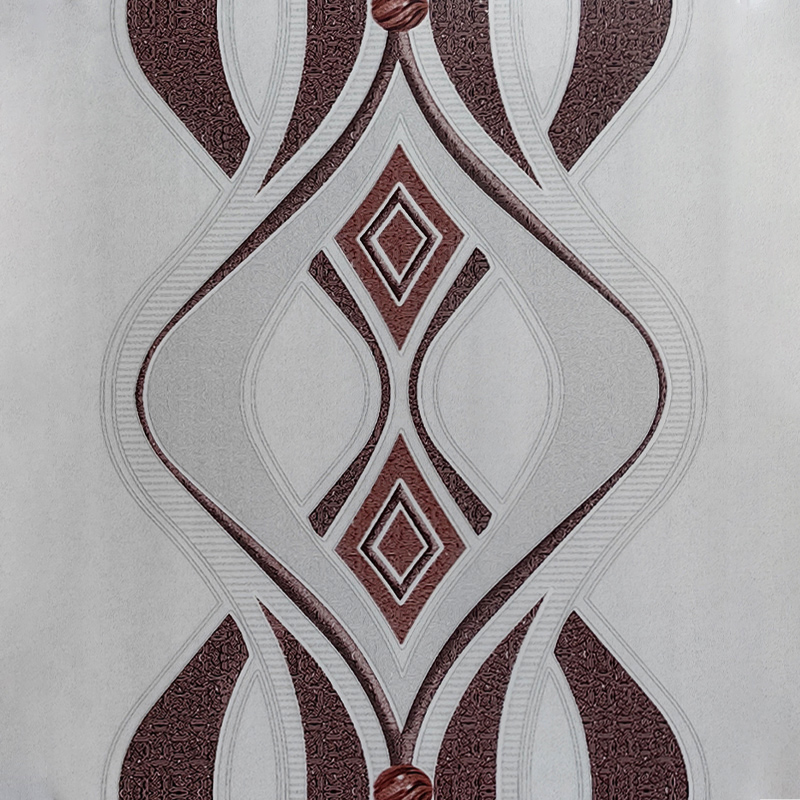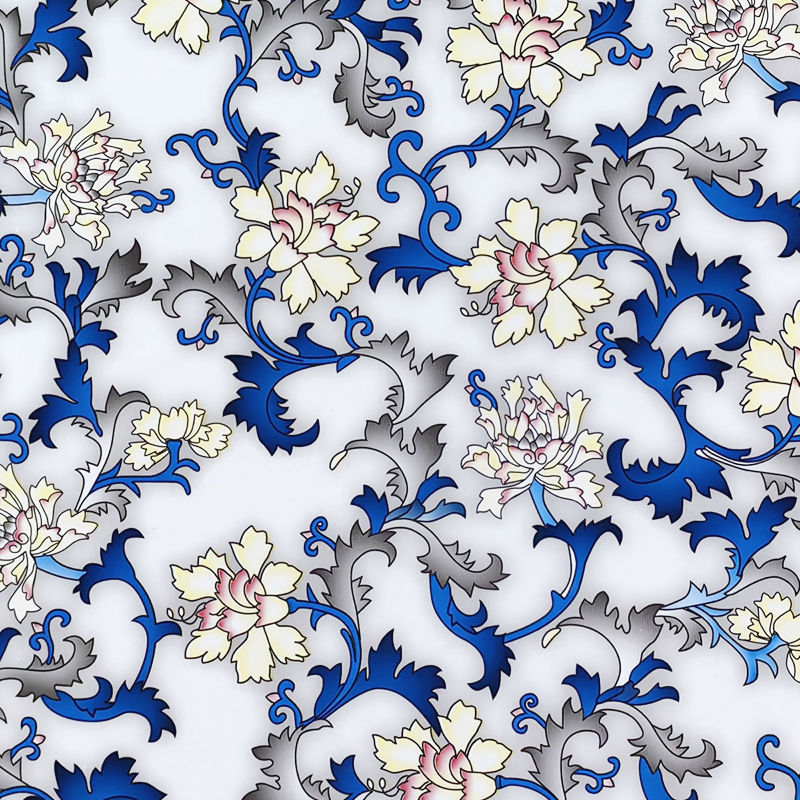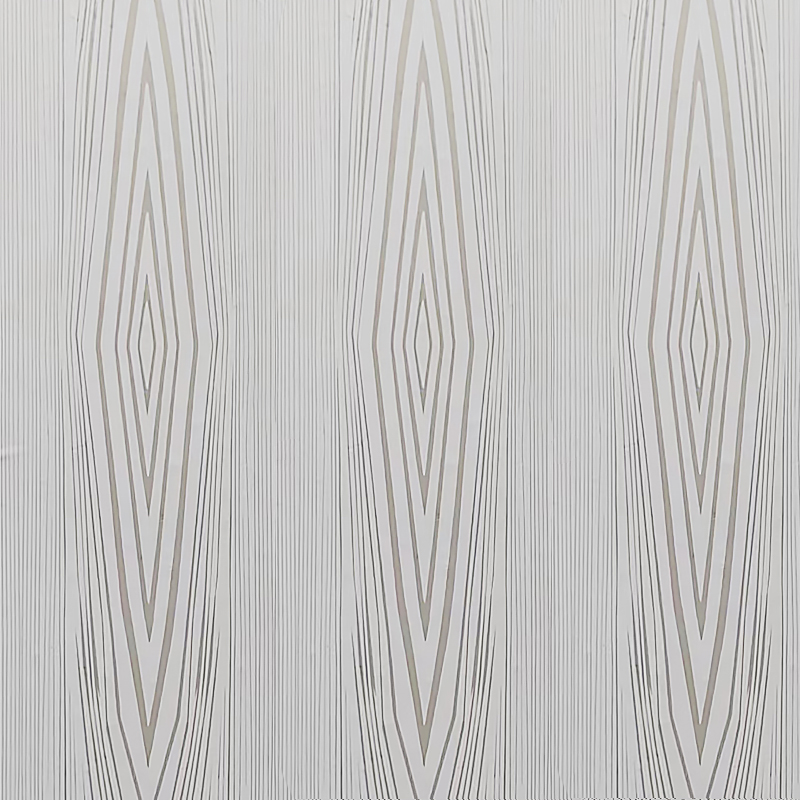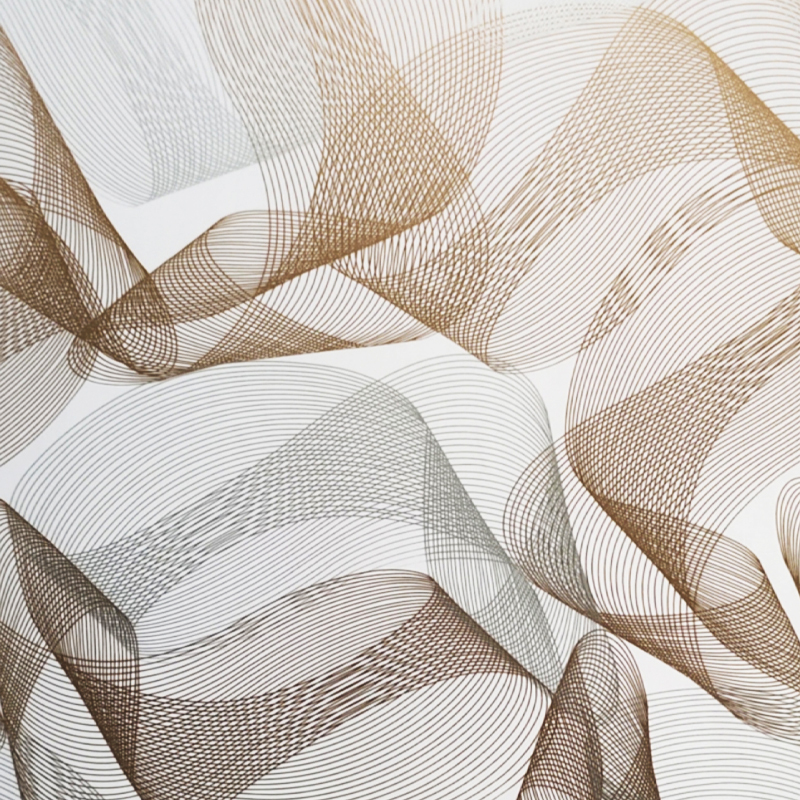What Is PVC Decorative Film? Uses, Benefits, and Installation Guide
PVC decorative film is a versatile and cost-effective material used to enhance the appearance of furniture, walls, and other surfaces. Whether you're renovating your home or upgrading office interiors, this adhesive film offers endless design possibilities. In this guide, we’ll explore its benefits, popular uses, installation tips, and how to choose the right type for your project.
What Is PVC Decorative Film?
PVC decorative film is a thin, flexible material made from polyvinyl chloride (PVC). It comes in various colors, patterns, and textures, mimicking materials like wood, marble, metal, or fabric. The self-adhesive backing makes it easy to apply to smooth surfaces such as laminates, glass, or MDF boards.
Why Choose PVC Decorative Film?
Here are some key advantages:
- Affordable: Cheaper than real wood, stone, or tiles.
- Easy to Install: No professional help needed; can be cut with a utility knife.
- Durable: Resistant to scratches, moisture, and UV rays.
- Customizable: Available in hundreds of designs.
- Low Maintenance: Easy to clean with a damp cloth.
Popular Uses of PVC Decorative Film
This material is widely used in:
- Furniture Makeovers: Refresh old cabinets, tables, or countertops.
- Wall Coverings: Create accent walls without paint or wallpaper.
- Retail Displays: Temporary branding for shops and exhibitions.
- DIY Projects: Customize laptops, notebooks, or home decor items.
Types of PVC Decorative Film
Different types suit different needs:
| Type | Best For | Features |
| Matte Finish | Modern interiors, minimalistic designs | Non-reflective, smooth texture |
| Glossy Finish | High-end furniture, kitchen cabinets | Shiny, easy to clean |
| Textured Film | Wood or stone imitation | 3D feel, realistic appearance |
| Transparent Film | Glass decoration, privacy screens | See-through with patterns |
How to Install PVC Decorative Film
Follow these steps for a smooth application:
- Clean the Surface: Remove dust, grease, or debris.
- Measure & Cut: Leave extra edges for adjustments.
- Peel the Backing: Start from one corner and slowly remove the adhesive layer.
- Apply Gradually: Use a squeegee to avoid air bubbles.
- Trim Excess: Use a sharp blade for neat edges.
Maintenance Tips for Longevity
To keep your PVC film looking new:
- Avoid abrasive cleaners; use mild soap and water.
- Do not expose to extreme heat (e.g., direct sunlight for prolonged periods).
- Repair small tears with adhesive glue.
Where to Buy PVC Decorative Film
You can find it at:
- Online marketplaces (e.g., Amazon, Etsy).
- Home improvement stores.
- Specialty interior design suppliers.
Frequently Asked Questions
Q: Is PVC decorative film waterproof?
A: Yes, most varieties are water-resistant, making them ideal for kitchens and bathrooms.
Q: Can I remove and reuse the film?
A: No, it’s designed for single-use applications.
Q: How long does it last?
A: With proper care, 5–10 years depending on usage.
Conclusion
PVC decorative film is an excellent choice for budget-friendly, stylish home upgrades. Whether you’re covering old furniture or creating a statement wall, its versatility and ease of use make it a favorite among DIY enthusiasts and professionals alike. By selecting the right type and following proper installation techniques, you can achieve a high-end look without the hefty price tag.


 English
English русский
русский Español
Español عربى
عربى bahasa Indonesia
bahasa Indonesia
